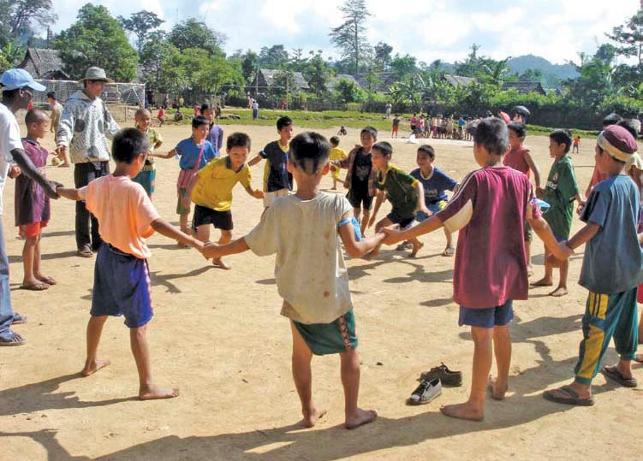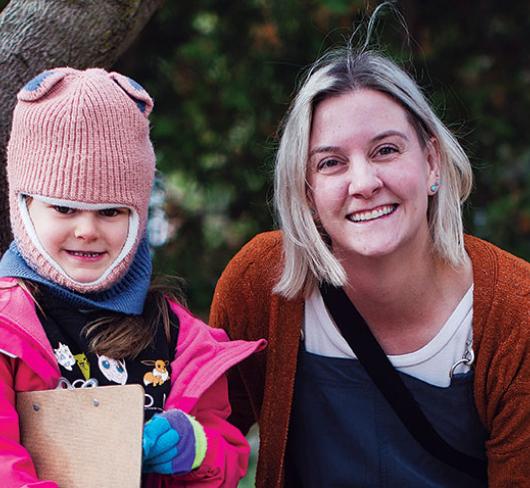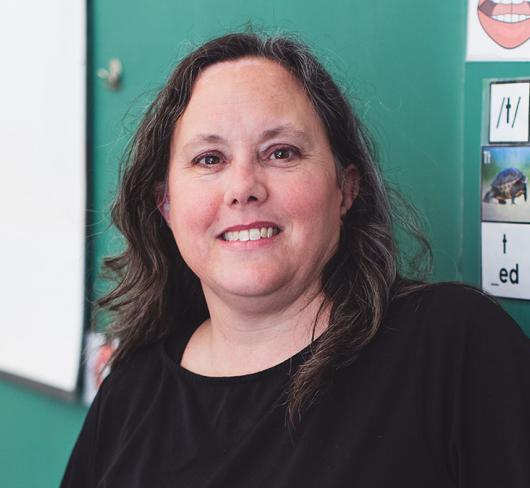
Learning to Play, Playing to learn
For the past six years I have been teaching at Jack Miner Public School, a small rural school located about 40 kilometres from Windsor. Our student body is quite culturally homogenous, and as teachers we are always looking for ways to introduce them to multiculturalism. I saw the Right To Play program as an outstanding opportunity for the students in my class to learn about various cultures and celebrate our differences.
Right To Play has created a new curriculum called Learning to Play, Playing to Learn, which combines playing, learning, and laughing to make Canadian children active, build character, and create engaged global citizens. The resource is available on the website righttoplay.com.
The Playbook and CD provide approximately 50 games that have been tested by professionals. They are practical, can be adjusted to fit any age or skill level, and have a crosscurricular focus.
This week my Junior physical education classes learned that while immunization is a normal part of life in Canada, some developing countries report measles as a leading cause of preventable death among children. After a lively discussion on viruses, my students played a game called Immunization Tag in which the viruses (ITs) try to tag children; however, if a child is holding one of the green balls (Vaccines) they are immune from being tagged.
More than just physical education and daily physical activity
The resource is not limited to physical education and daily physical activity (DPA). There are 16 lesson plans equipped with reproducible activity sheets that will help you fulfill curriculum expectations in social studies, science, and language arts. Earlier this year, student teachers from the University of Windsor Faculty of Education used the Playbook to teach about multiculturalism and talked about their own Pakistani and Indian heritages and backgrounds. They discussed some of the games that are played in their home countries and their similarity to the ones played by the children at Jack Miner Public School. The children were extremely motivated to learn more about other cultures and to play the games that are played around the globe.
Outside our classroom is a display that is called the Right to Play Wall of Fame. The children can earn a spot on the Wall of Fame in a couple of ways. In order to get their photo taken and placed on the wall, they must do something during phys. ed., DPA, or a recess game that epitomizes the spirit of fair play and good sportsmanship.
Right To Play Day
We are currently planning a Right To Play Day fundraiser. The Playbook describes it as “an opportunity to discuss the importance of sport and play, and to learn about games that other children play in some of the most disadvantaged areas of the world. [It] will also encourage children to think globally and act locally by incorporating a [fundraiser] – a chance for kids to help other kids.” Plans for the day are laid out in the CD.
For the teacher/organizer an advantage of a Right To Play Day fundraiser is that it can be offered on a scale that meets the needs of your class or school. Within minutes of deciding to implement a Right To Play Day I had the support of colleagues, administrators, parents, and students. The students in my homeroom class are eager to be Right To Play ambassadors and love the idea of having the power to help those less fortunate. After all, in the words of the Right To Play slogan, “When Children Play, the World Wins.”
About Right To Play
Founded by four-time Olympic gold medallist Johann Olav Koss, Right To Play is an international humanitarian organization that uses the power of sport to change the lives of children in disadvantaged areas around the world. As he travelled the world, Koss, a Norwegian speed skater, found that people everywhere loved sport. He was inspired to create an organization that builds on the love of sport and play to improve health and education and to build peace in disadvantaged communities.
Today Right To Play works in over 20 countries in Africa, Asia, and the Middle East, teaching life skills, conflict resolution, and health lessons, including HIV and AIDS prevention and the importance of immunization. Right To Play headquarters are in Toronto.
Koss appeals to other athletes who have benefited from sport to become Right To Play ambassadors and to help raise awareness and funding for Right To Play projects. Canadian ambassadors include hockey stars Wayne Gretzky and Joe Thornton, skier Beckie Scott, and speed skater Clara Hughes, who donated $10,000 after winning a gold medal at the 2006 Turin Olympics.

